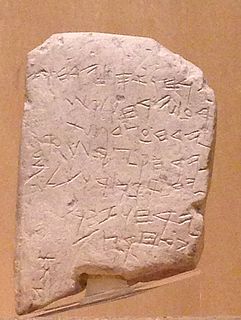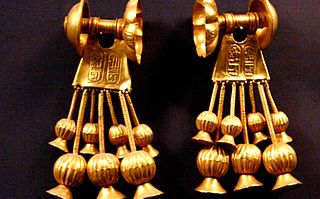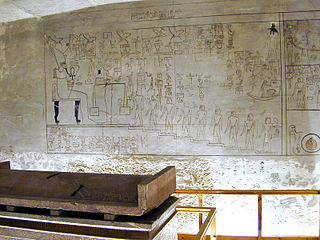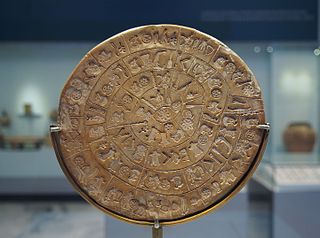 W
WFolsom Site or Wild Horse Arroyo, designated by the Smithsonian trinomial 29CX1, is a major archaeological site about 8 miles (13 km) west of Folsom, New Mexico. It is the type site for the Folsom tradition, a Paleo-Indian cultural sequence dating to between 9000 BC and 8000 BC. The Folsom Site was excavated in 1926 and found to have been a marsh-side kill site or camp where 32 bison had been killed using distinctive tools, known as Folsom points. This site is significant because it was the first time that artifacts indisputably made by humans were found directly associated with faunal remains from an extinct form of bison from the Late Pleistocene. The information culled from this site was the first of a set of discoveries that would allow archaeologists to revise their estimations for the time of arrival of Native Americans on the North American continent.
 W
WThe Gezer calendar is a small limestone tablet with an early Canaanite inscription discovered in 1908 by Irish archaeologist R. A. Stewart Macalister in the ancient city of Gezer, 20 miles west of Jerusalem. It is commonly dated to the 10th century BCE, although the excavation was unstratified and its identification during the excavations was not in a "secure archaeological context", presenting uncertainty around the dating.
 W
WKings Crossing Site is an archaeological site that is a type site for the Kings Crossing Phase of the Lower Yazoo Basin Coles Creek chronology.
 W
WTomb KV56, also known as the Gold Tomb, is a tomb located in the Valley of the Kings, near Luxor, Egypt. It was discovered by Edward R. Ayrton in January 1908 and contained what is thought to be the intact burial of a royal child from the late Nineteenth Dynasty. The burial and casket have disintegrated, leaving a thin layer of gold leaf and stucco in the original location. Most famously the tomb contained spectacular gold and silver jewellery including earrings, rings, silver bracelets with the names of Seti II and Twosret inscribed, and a pair of small silver gloves. The original occupant of this tomb is unknown but was possibly an Eighteenth Dynasty queen.
 W
WTomb KV57 is the royal tomb of Horemheb, the last pharaoh of the Eighteenth Dynasty and is located in the Valley of the Kings, Egypt.
 W
WThe Phaistos Disc is a disk of fired clay from the Minoan palace of Phaistos on the island of Crete, possibly dating to the middle or late Minoan Bronze Age. The disk is about 15 cm (5.9 in) in diameter and covered on both sides with a spiral of stamped symbols. Its purpose and its original place of manufacture remain disputed. It is now on display at the archaeological museum of Heraklion.
 W
WThe Venus figurines of Petersfels are several small female statuettes from the Upper Paleolithic era, carved from jet lignite. The tallest figurine is called the Venus of Engen. The figurines were discovered in the Petersfels caves near Engen, Baden-Württemberg, excavated in 1927–1932 by Eduard Peters und Volker Toepfer and then in 1974–1976 and 1978 by Gerd Albrecht. They stand between 1.5 and 4 cm tall and are about 15,000 to 11,500 years old, created during the Magdalenian era. They are housed in the Museums of Freiburg im Breisgau and Engen.
 W
WThe Venus of Willendorf is an 11.1-centimetre-tall (4.4 in) Venus figurine estimated to have been made around 25,000 years ago. It was found on August 7, 1908, by a workman named Johann Veran or Josef Veram during excavations conducted by archaeologists Josef Szombathy, Hugo Obermaier, and Josef Bayer at a Paleolithic site near Willendorf, a village in Lower Austria. It is carved from an oolitic limestone that is not local to the area, and tinted with red ochre. The figurine is now in the Natural History Museum in Vienna, Austria.